Parenting is an incredible journey filled with numerous milestones, and one significant step in your child's development is transitioning from diapers to a toilet seat. This process can be both exciting and challenging, requiring patience, understanding, and a strategic approach. In this article, we'll explore practical tips and tricks to make the transition smooth and stress-free.
A. The significance of transitioning to a toilet seat
Embarking on the journey of transitioning your baby to a toilet seat is a crucial step in their development. Not only does it signify physical growth, but it also fosters independence and a sense of accomplishment.
B. Common challenges faced by parents
Many parents encounter challenges during this transition period, ranging from resistance to outright refusal. Understanding these common hurdles is the first step in effectively navigating the process.
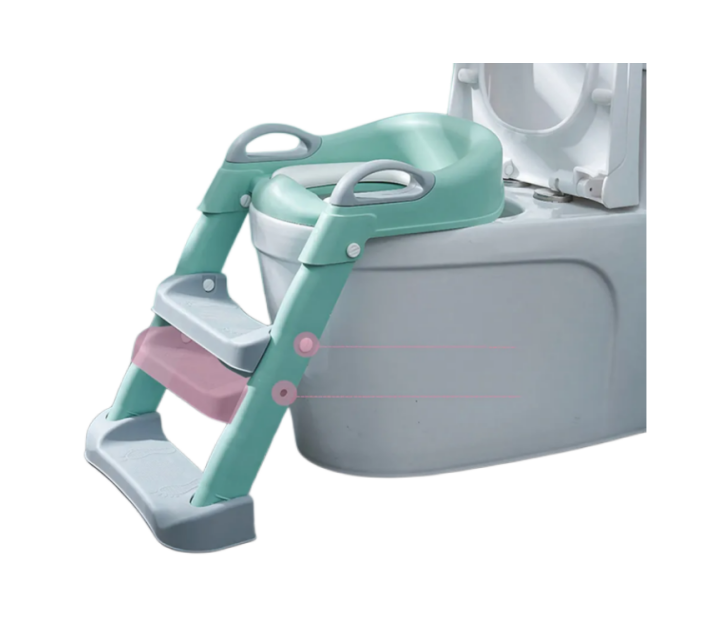
A. Signs of readiness in a baby
Identifying signs that your baby is ready for toilet training is essential. Look for cues such as showing interest in the bathroom, staying dry for more extended periods, and expressing discomfort with soiled diapers.
B. Age-appropriate milestones
While there's no universal age for starting the transition, certain milestones indicate readiness. These may include the ability to walk steadily, pull down pants independently, and communicate basic needs.
A. Various types available in the market
The market offers various toilet training options, from standalone potty chairs to seat reducers for regular toilets. Understanding these options helps in making an informed choice.
B. Factors to consider while selecting one
Consider your child's comfort, the ease of cleaning, and the adaptability of the chosen toilet seat. These factors play a crucial role in the success of the transition.
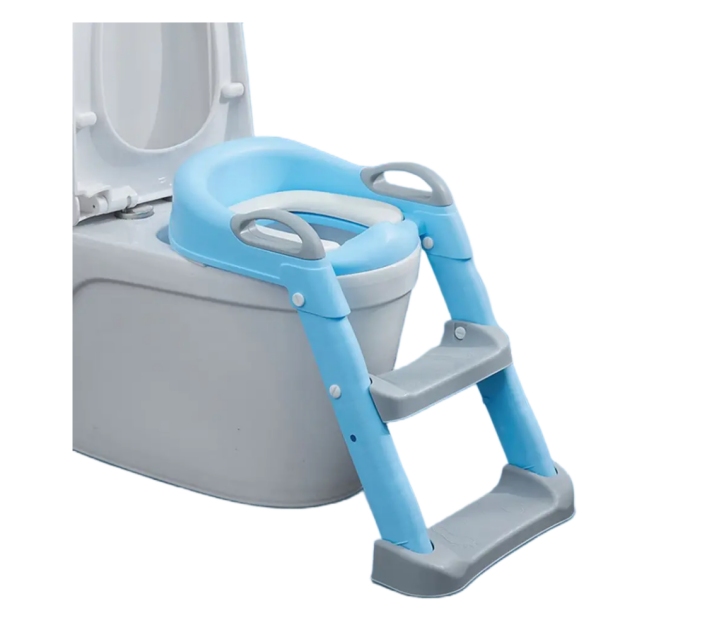
A. Making the toilet a familiar space
Familiarize your child with the bathroom environment to reduce anxiety. Let them explore the space, emphasizing that the toilet is a safe and normal part of growing up.
B. Introducing the concept of potty time positively
Associate potty time with positivity by creating a routine. Use books, songs, or interactive toys to make the experience enjoyable and less intimidating for your baby.
A. Starting with a potty chair
Begin the transition by introducing a potty chair. This smaller, standalone option provides a sense of security and independence for your child.
B. Transitioning to a regular toilet seat
As your child becomes more comfortable, gradually transition to a regular toilet seat with a reducer. This step-by-step approach minimizes resistance and fear.
A. Consistency is key
Consistency is the cornerstone of successful toilet training. Stick to a regular schedule and praise your child for their efforts, creating a positive association with using the toilet.
B. Encouraging independence and confidence
Foster independence by allowing your child to flush the toilet, wash their hands, and choose their underwear. This builds confidence and a sense of responsibility.
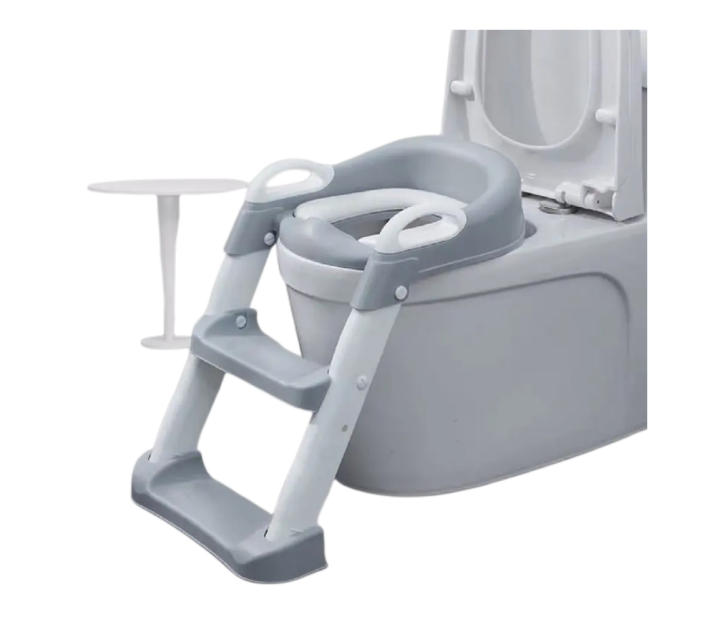
A. Understanding regression
Setbacks are a natural part of the process. Understand that regression is common and approach it with patience and a positive attitude.
B. Patience and positive reinforcement
Respond to setbacks with patience and positive reinforcement. Encourage your child to try again without displaying frustration, reinforcing that accidents happen.
A. Fear of the toilet
Many children experience fear when faced with the unfamiliarity of a toilet. Address these fears by explaining the process, using visual aids, and providing reassurance.
B. Handling resistance or refusal
If your child displays resistance or refusal, assess the situation. Introduce incentives, such as a reward system, and maintain open communication to understand any underlying concerns.
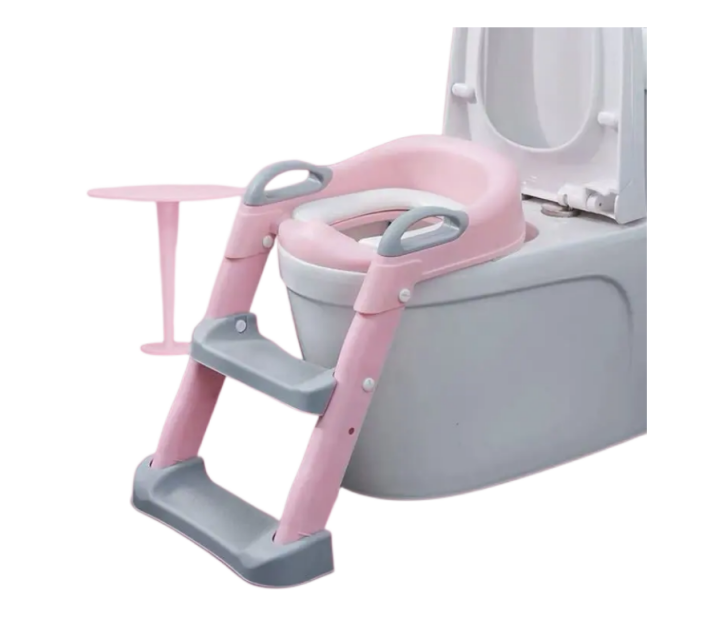
A. Positive reinforcement for successful transitions
Celebrate each successful transition with positive reinforcement. Praise your child, use a sticker chart, or create a small reward system to reinforce good behavior.
B. Creating a reward system
Tailor a reward system to your child's preferences. Whether it's stickers, small toys, or special privileges, make the rewards enticing to encourage consistent effort.
A. Portable toilet seat options
Public restrooms can be daunting for both parents and children. Invest in portable toilet seat options for added convenience and hygiene when away from home.
B. Preparing your child for public facilities
Familiarize your child with public restrooms by explaining the process and demonstrating good hygiene practices. This preparation minimizes anxiety and makes outings more enjoyable.
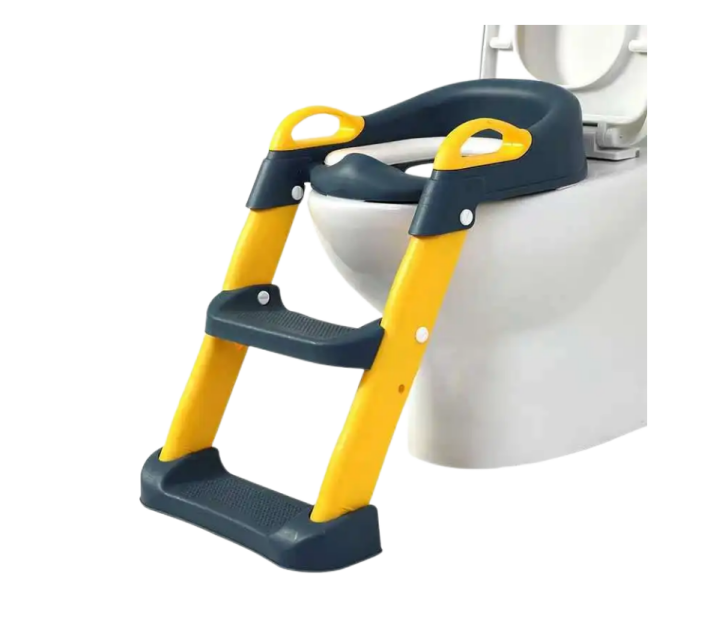
A. Recognizing signs of nighttime readiness
Nighttime training is a separate milestone. Look for signs such as consistently waking up dry, expressing discomfort in wet diapers, and the ability to communicate nighttime needs.
B. Strategies for a smooth transition to nighttime training
Gradually reduce nighttime liquids, establish a bedtime routine, and use protective bedding to make the transition to nighttime training smoother.
A. Teaching proper hygiene habits
In addition to toilet training, teach proper hygiene habits. Show your child how to wash their hands thoroughly and independently manage basic hygiene.
B. Fostering a sense of accomplishment
Encourage your child to take pride in their newfound independence. Acknowledge their achievements and emphasize that using the toilet is a big step toward being a "big kid."
A. The importance of patience in toilet training
Patience is paramount in the toilet training journey. Understand that every child progresses at their own pace, and setbacks are a natural part of the learning process.
B. Recognizing and managing parental stress
Acknowledge the stress that toilet training can bring and find healthy ways to manage it. Share the responsibilities with a partner or seek support from friends and family.

A. The significance of this step
Transitioning from diapers to underwear is a pivotal moment. Involve your child in choosing their underwear to make the process exciting and encourage responsibility.
B. Encouraging responsibility
Emphasize the responsibility that comes with wearing underwear. Teach your child to recognize when they need to use the toilet and reinforce the importance of personal hygiene.
A. Marking the successful transition
Mark the successful transition from diapers to the toilet with a celebration. Whether it's a small party, a special outing, or a favorite meal, make the milestone memorable for your child.
B. Reinforcing positive behavior
Continue reinforcing positive behavior even after the transition is complete. Regularly acknowledge your child's efforts and achievements to maintain a positive attitude towards using the toilet.
In conclusion, transitioning your baby to a toilet seat is a significant developmental milestone that requires patience, understanding, and a positive approach. By recognizing signs of readiness, choosing the right toilet seat, and employing effective training techniques, you can make this journey smoother for both you and your child. Remember, setbacks are normal, and staying patient throughout the process is key to success.